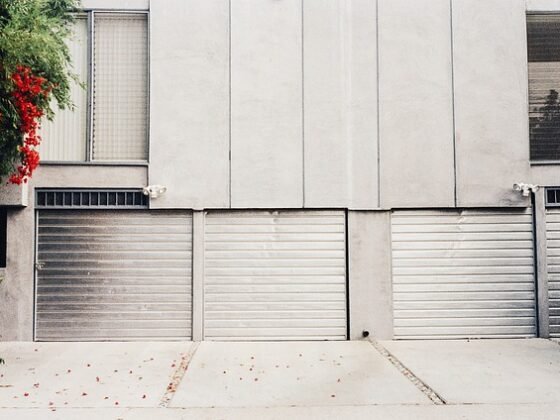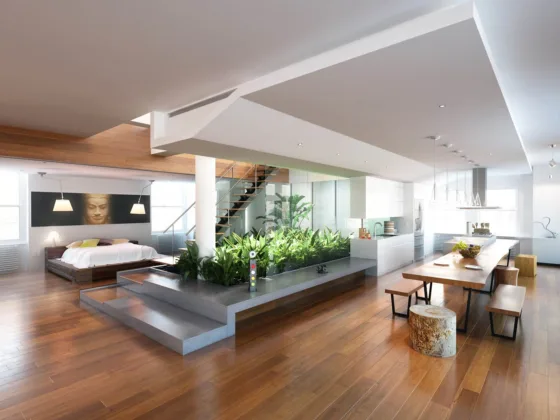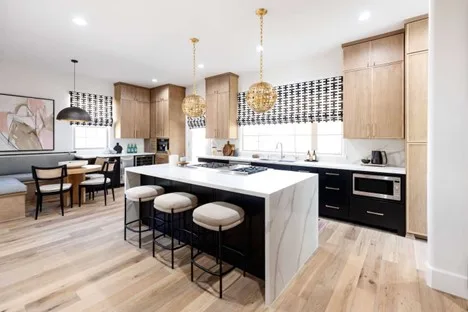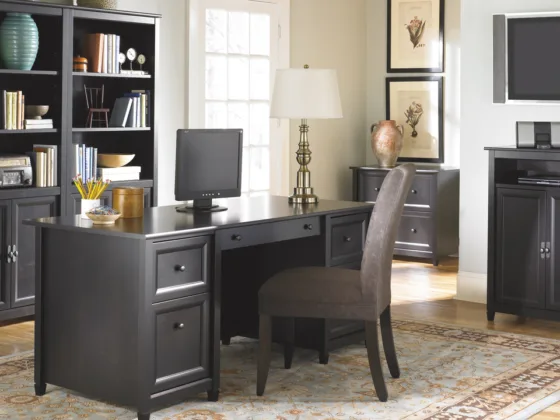Table of Contents Show
Japanese home designs have risen to great popularity in the last decade. They are always featured in magazines and even have countless social media accounts dedicated to them. People are quite fascinated with the impressive workmanship that boasts of completely nail-less, clean lines for joints and the inclination toward nature-inspired building materials.
But what most people particularly love about Japanese home aesthetics is the peaceful vibe it possesses. Here, nothing is too extravagant, but everything is visually pleasing. Likewise, there is a wonderful balance of modern elements as well as traditional ones. And best of all, the function is never compromised.
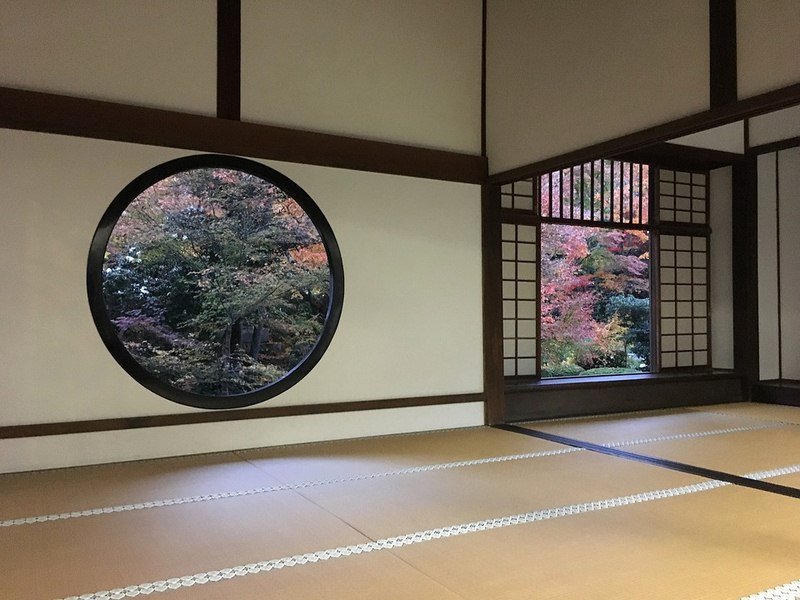
It is no wonder that a lot of folks who are having homes built for the first time are taking inspiration from Japanese houses, and new home builders are doing thorough research on correctly following and executing the standards of Japanese home designs.
10 Ways to Incorporate Japanese Aesthetics into Your New Home
If you are among the many fans of the simple yet elegant aesthetics of the Japanese, and you want your new home to possess this style, rounded up below are 10 ways you can infuse authentic Japanese aesthetics and design in your new home.
Read Also:
1. Strive for Openness
The Japanese uphold the importance of “flow” – be it in the way they go about their daily lives or home design. Being in a state of flow is believed to deliver pleasure in life. This is one of the reasons why Japanese home designs do not come with a lot of “compartments” or clearly defined sections.
Rooms easily open up to each other, there are few walls, and most doors are sliding or foldable ones so different rooms can easily become one big space free from obstructions.
So, for your home, do away with hard partitions to allow the beautiful flow that Japanese house designs are known for.
2. Use Transformable Partitions
For privacy, most Japanese home designs dictate the use of transformable partitions instead of actual hard walls. The Japanese have this centuries-old building strategy that allows for doors or partitions to slide and come off or tilt and turn around. Such partitions can alter the interior design of any building structure and space’s functionality as well.
By incorporating these transformable partitions into your home design, you can have those indoor-outdoor rooms, which are all the rage nowadays.
3. Install Exposed Wood for the Ceiling
The clean lines of exposed wood ceiling beams are another trademark of Japanese homes. Exposed wood ceiling beams are common in both traditional and modern houses in Japan because having more exposed wood in a building, studies say, helps people feel more relaxed and at peace.
It is worth mentioning as well that this design feature is greatly appreciated because it creates the illusion of a much bigger room.
4. Opt for Big Glass Doors and Windows
The Japanese prefer natural light. Therefore, it is imperative for their homes and other buildings to have big glass doors and windows that allow a lot of natural light to flood in. This does not only make the interior brighter and warmer but also offers the advantage of energy savings.
These doors and windows are important components in achieving the openness that most Japanese folks like for their homes. The doors, which are usually sliding or bi-fold ones, provide a view of the outside even when closed. Plus, when they are opened (along with the windows), they improve airflow or ventilation.
5. Use Hardwood Floors
As mentioned earlier, exposed wood creates a relaxed atmosphere in the home. At the same time, it is beautiful and produces lovely acoustics. On top of that, hardwood floors offer the benefit of being easy to clean, durable, and quick to repair when damaged. Plus, they can contribute to the resale value of a house.
6. Add a Few Quirky Details
Kitschy elements can also be found quite often in Japanese home designs. You will find everything from polka dot tiles for a small alcove to a stone climbing wall right in the living room. There has even been a feature wall in an unexpected color, such as salmon or seafoam green.
These provide homes a special character and they show that while traditional-style holds very specific standards, there is always room for little quirky elements of joy in the design of the home.
7. Choose Subway Tiles for Kitchen Splashbacks
Subway tiles have regained their popularity and this is evident in a lot of Japanese homes. The main draw factor of subway tiles is their simplicity, even if they now come in different sizes and even textures.
They are perfect as kitchen splashbacks because they are quite a breeze to clean. Plus, you do not have to worry about them clashing with the decorative elements that you may want to add to your kitchen.
8. Install Wood and Glass Kitchen Cabinets and Cupboards
The Japanese actually like to see the contents of their kitchen cabinets or cupboards, which is why these implements are often made of wood and glass. The glass components keep dust out but allow you to peek into the storage, which will make finding what you need so much easier and faster.
9. Go for Unique Hardware
Japanese aesthetics focus greatly on small details. Therefore, choose the hardware for your home more carefully. Do not opt for the typical options. Instead, experiment with unexpected shapes and finishes. These will provide a nice contrast to the most traditional style of Japanese homes.
Matte black or rose gold taps, showerheads, built-in racks, door handles, and knobs are quite popular options for hardware in kitchens and bathrooms. They add a touch of modern sophistication to a home with a generally simple design.
10. Opt for Roof Tiles
Neatly laid rows of tiles on rooftops can really give any single-story or two-story house a Japanese appeal.
Ceramic roof tiles have been used for Asian homes and buildings for centuries as protection from wind and rain. But as an implement for style, ceramic roof tiles make lovely roofing options because they typically blend harmoniously into the landscape.
If you use ceramic roof tiles, nobody will be able to miss the aesthetic inspiration you went with for your home.

These are the hallmarks of Japanese home design. Discuss them carefully with your custom home builder to clearly determine the best ways to apply them to your own home design.
Author Bio:
Ben White is the Sales & Marketing Manager of Danmar Homes. He has had a passion for home construction from an early age as he grew up in construction and followed in the footsteps of his parents. At Danmar, we believe in building great homes of value for families that want to build an asset and their financial future through housing and developments.

